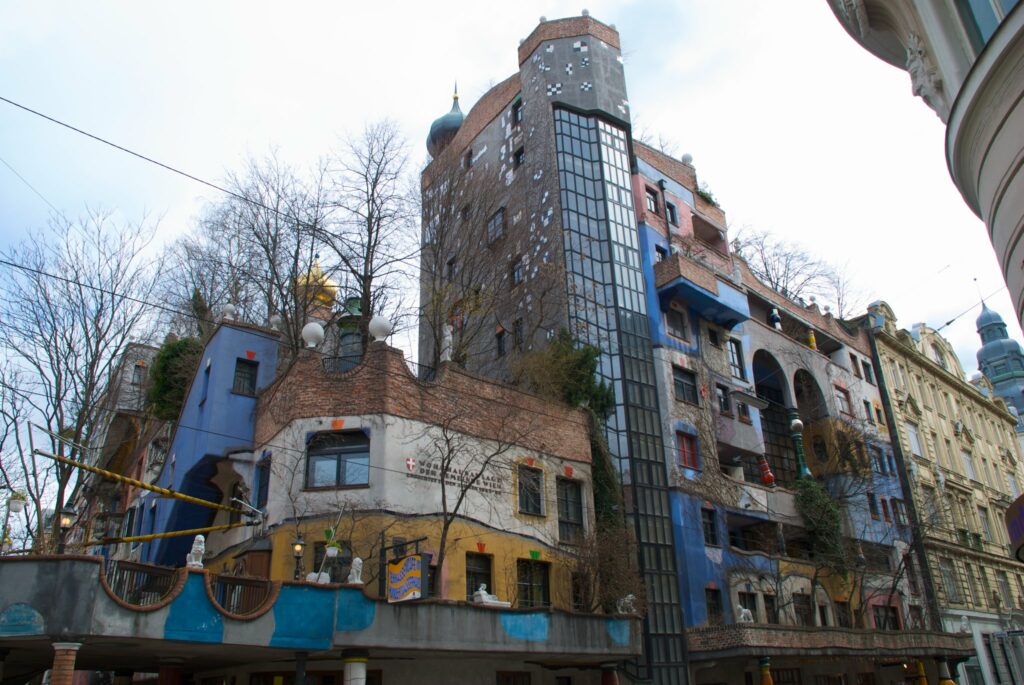In Krakow you can still see the exhibition in the former Hotel Cracovia until 29 May 2022: “Vienna Builds. Residential construction in Vienna between 1920 and 2020”
Right to housing
In the 1920s, the city authorities took the decision, surprising even today, that they would guarantee everyone the right to housing. They have not backed down from this decision. Today, more than 50% of Viennese live in subsidised housing. And Vienna did not privatise its resources, which was unfortunately common in other central and eastern European countries.
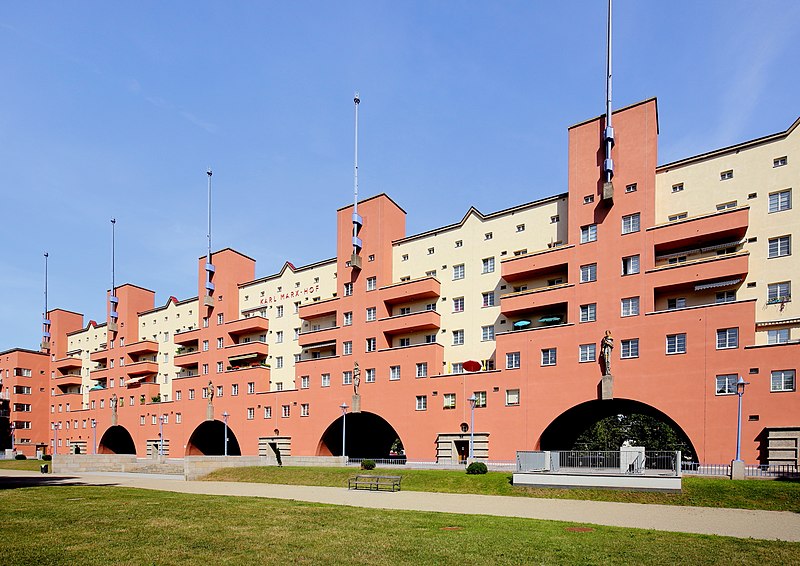
How does the invisible hand of the market work?
I think we are all now slowly beginning to realise that the invisible hand of the market is not as efficient as we were told in entrepreneurship classes after the fall of communism. When the demand for housing increases and at the same time the supply does not improve, i.e. there is not enough housing built to meet all needs, prices rise. The increase may also be influenced by other behaviours of market participants, e.g. short-term renting (e.g. through the popular Airbnb portal) or purchase of real estate for purely speculative purposes. In such conditions, it may be impossible for many people to satisfy the basic need for security that comes with owning a home. That is why regulation, as in other market sectors, is needed.
In the exhibition you will learn how Vienna has regulated this area over the course of a century. Today, people renting flats in Warsaw can increasingly envy the Viennese. It turns out that rents are lower, even if we do not take into account the differences in earnings.
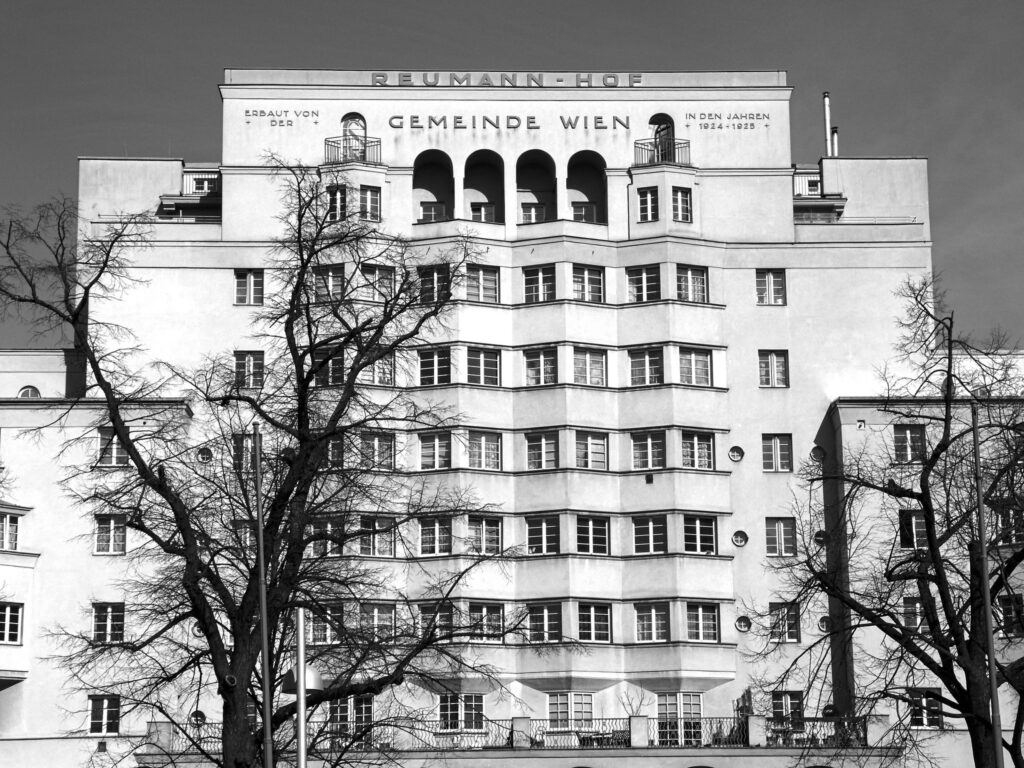
Before the war
In interwar Vienna, the city authorities assumed that rents in social housing would cover only the costs of service, maintenance and administration. They were to amount to no more than 5-8 % of a worker’s salary, plus water, heating, gas and electricity charges.
During this period, the construction of housing was, among other things, financed by a targeted tax on rental income. It was progressive and applied to all flats, with the reservation that 45% of the tax was collected from owners of the most expensive flats. As a result of this policy, owning flats was no longer so profitable, prices fell and the city could acquire cheap land for construction. Already in 1924, it became the largest owner of city property. This policy was also financed by consumption taxes paid by some entrepreneurs and taxes on luxury goods and entertainment.
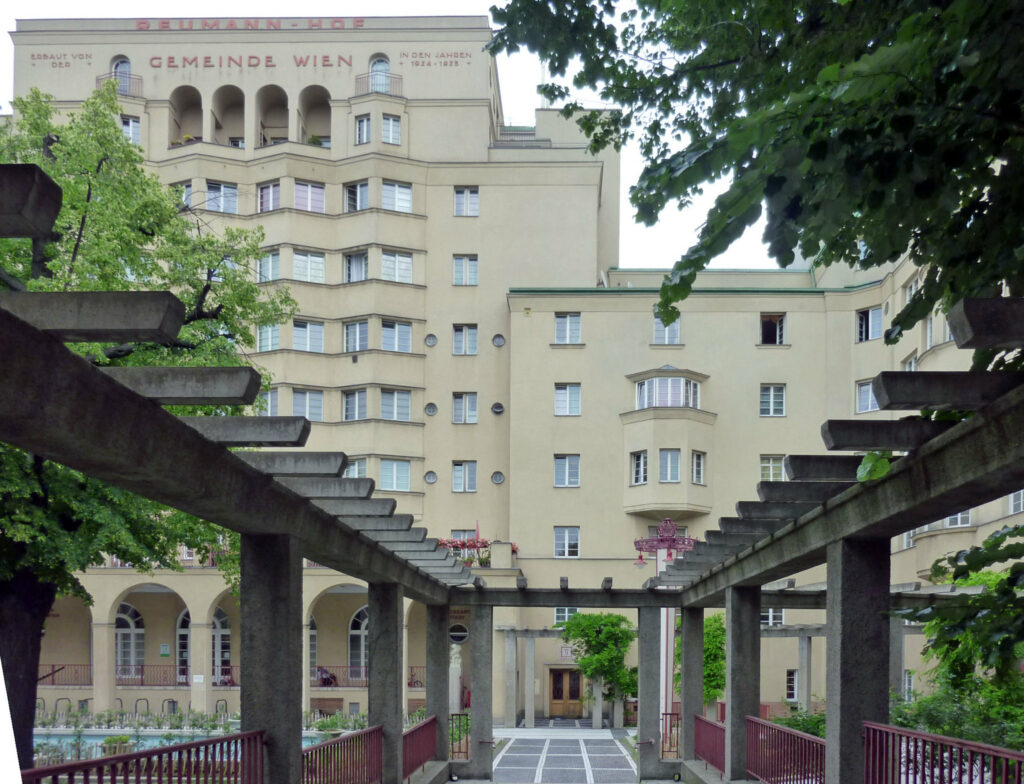
Housing affordability today
Currently, the housing support policy is based on three pillars: financing new construction, renovating old construction and direct assistance to people with low incomes. The average rent per square metre is €8.65 (2021). So for a flat of 50m2 we will pay about 2000 PLN.
Today, the programme for the creation of low-cost housing is most often implemented by the so-called Social Construction Associations (they have about 90% of the housing market share and 185 of them operate). These entities do not pay profit tax and can count on a low-interest loan repaid over 35 years, but their activity is strongly regulated by the state. During this period, the rent for housing cannot exceed the cost of construction. After that it is also regulated, which means that the flats cannot be rented out at market prices.
The future resident must pay a deposit covering 12.5% of the cost of building the flat and 100% of the land purchase cost. When moving out, the deposit is refunded (reduced by 1% for each year of housing). Loans are available for lower earners.
SMART flats are an exception (currently 1/3 of flats are to be built in this formula). These are compact flats, cheap, easily adaptable to people’s new needs (e.g. increasing number of single-person households and stagnating wages), with low rent (7.5 euros per m2) and a deposit of 60 euros/m2 or even without this deposit. They are built to provide low energy, water and heating costs.
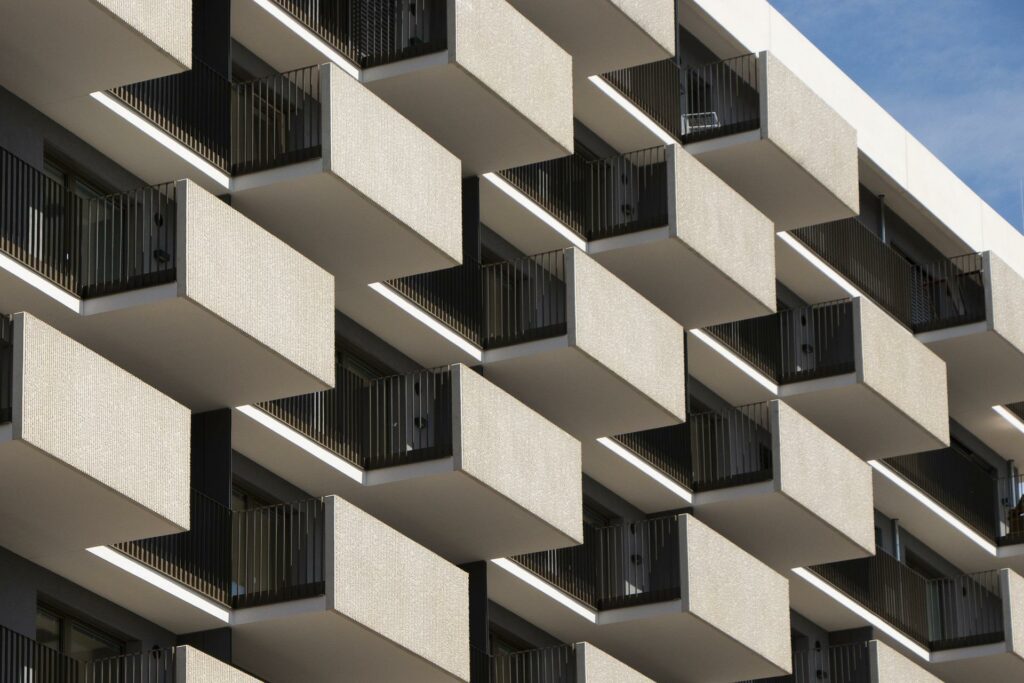
Comfort of living
Already in the interwar period, an important aspect of Vienna’s housing policy was the provision of high quality architecture and space. At that time, housing density was no more than 50%. Residents were to have access to light, air and greenery. The flats had at least two rooms, including a kitchen with gas, water and a toilet. As the years went by, the size of the dwellings increased, and by the 1970s, 75% of the dwellings were already three-roomed.
The pre-war estates took the form of palaces for the people and were meant to emphasise the power of the working class. If you are in Vienna, be sure to see Karl-Seitz-Hof, Karl-Marx-Hof or Reumann-Hof.
Art also played an important role in the construction of new housing. Buildings were decorated with tiles, ceramics, there were fountains, sculptures or wall decorations. The most spectacular example is the organic building by the architect Friedensreich Hundertwasser.
Surveys indicate that 86% of residents of social housing are satisfied with their flat and 70% with its surroundings.
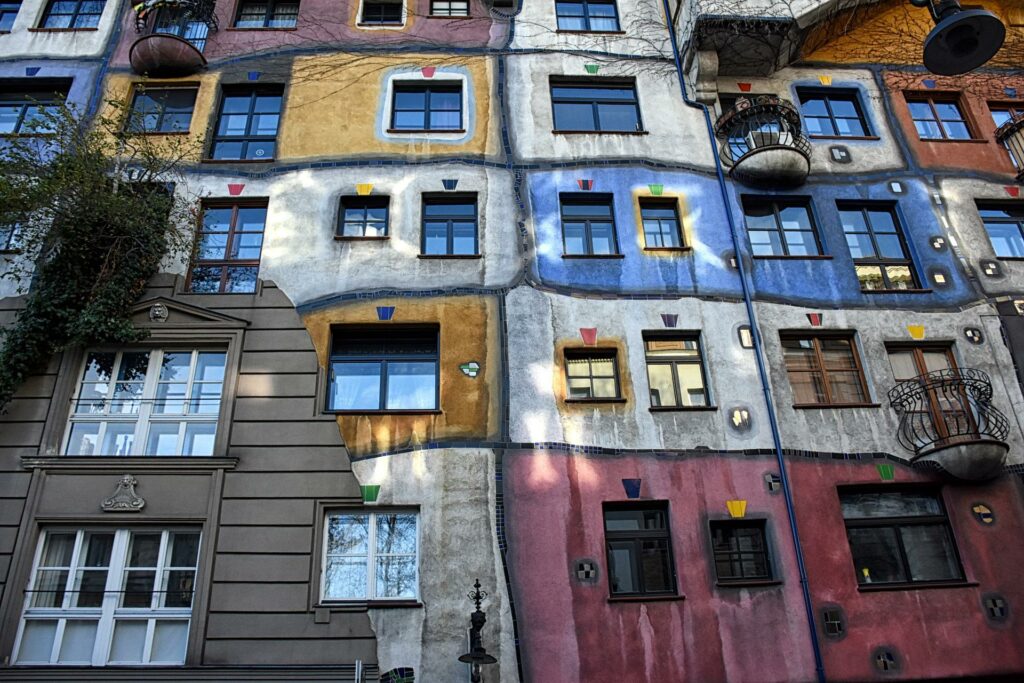
Neighbourhood relations
They were important in Vienna’s housing policy from the beginning. The housing estates created had a lot of common areas and common infrastructure to ensure the building of neighbourhood ties. For example, laundries, libraries, cooperative shops, clinics, cinemas, theatres, kindergartens, youth houses and meeting rooms were built.
Buildings are now designed to facilitate integration. Involvement of residents in the community is also promoted. Neighbourhoods are formed by people with different incomes, status and backgrounds. Each year 15 % of tenancies are filled by people from third countries, the aim of this policy being to integrate and prevent ghettoisation.

New challenges
It is a changing society and its needs. For example, the increase in the number of single-person households and an ageing population increases the need for smaller housing. It is also important to provide starter housing – for people who are not yet earning a large income.
Flexibility is increasingly on the agenda when building, so that it is easy to change the function of the dwellings, e.g. from commercial to residential use. It is important that flats can be freely modified, reduced in size, increased in size, adapted to different needs. Housing estates should combine many functions – residential, functional and cultural. It is becoming increasingly important to be able to work as close to home as possible.
Buildings should not consume much energy and should be built with materials that leave the smallest possible carbon footprint.
